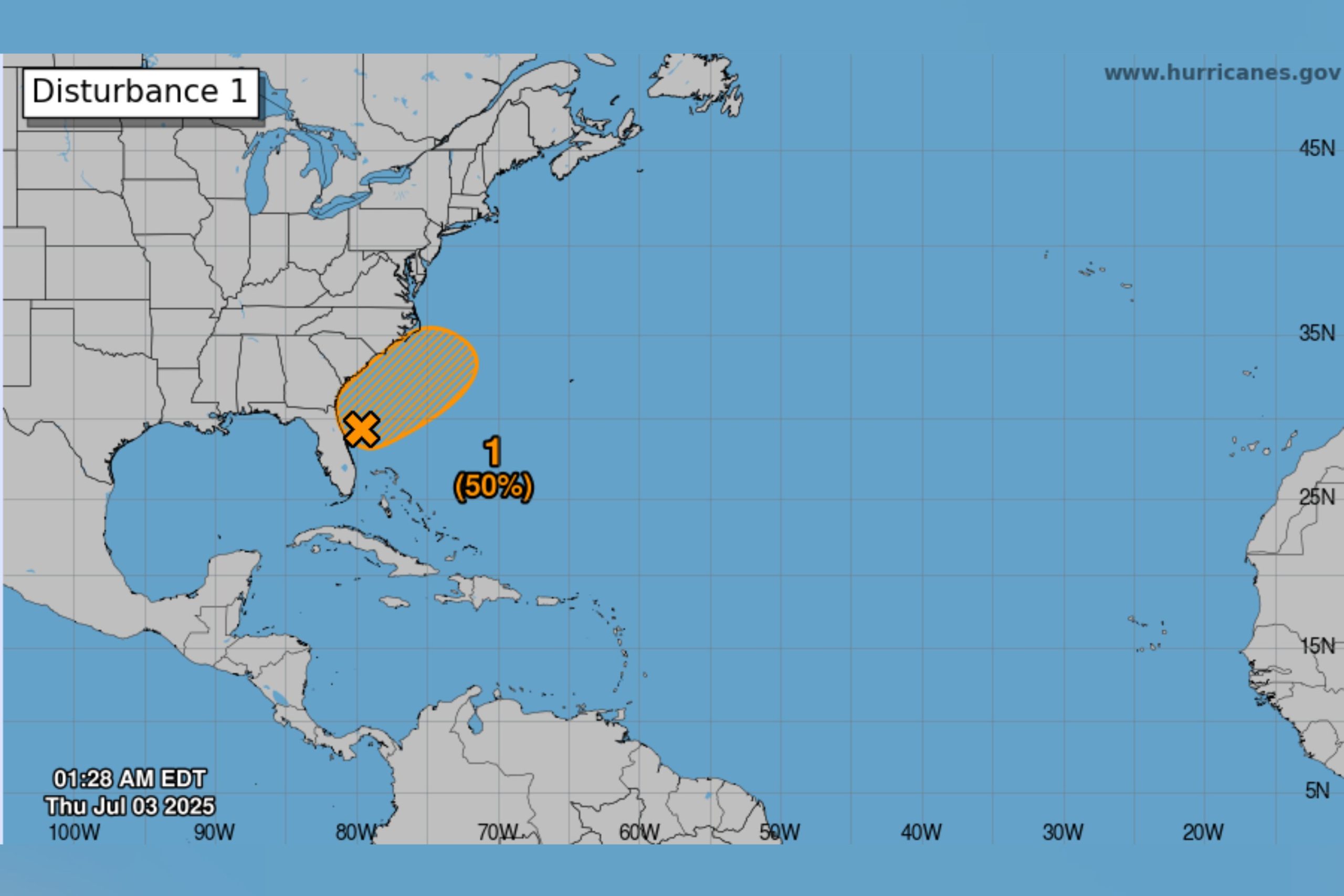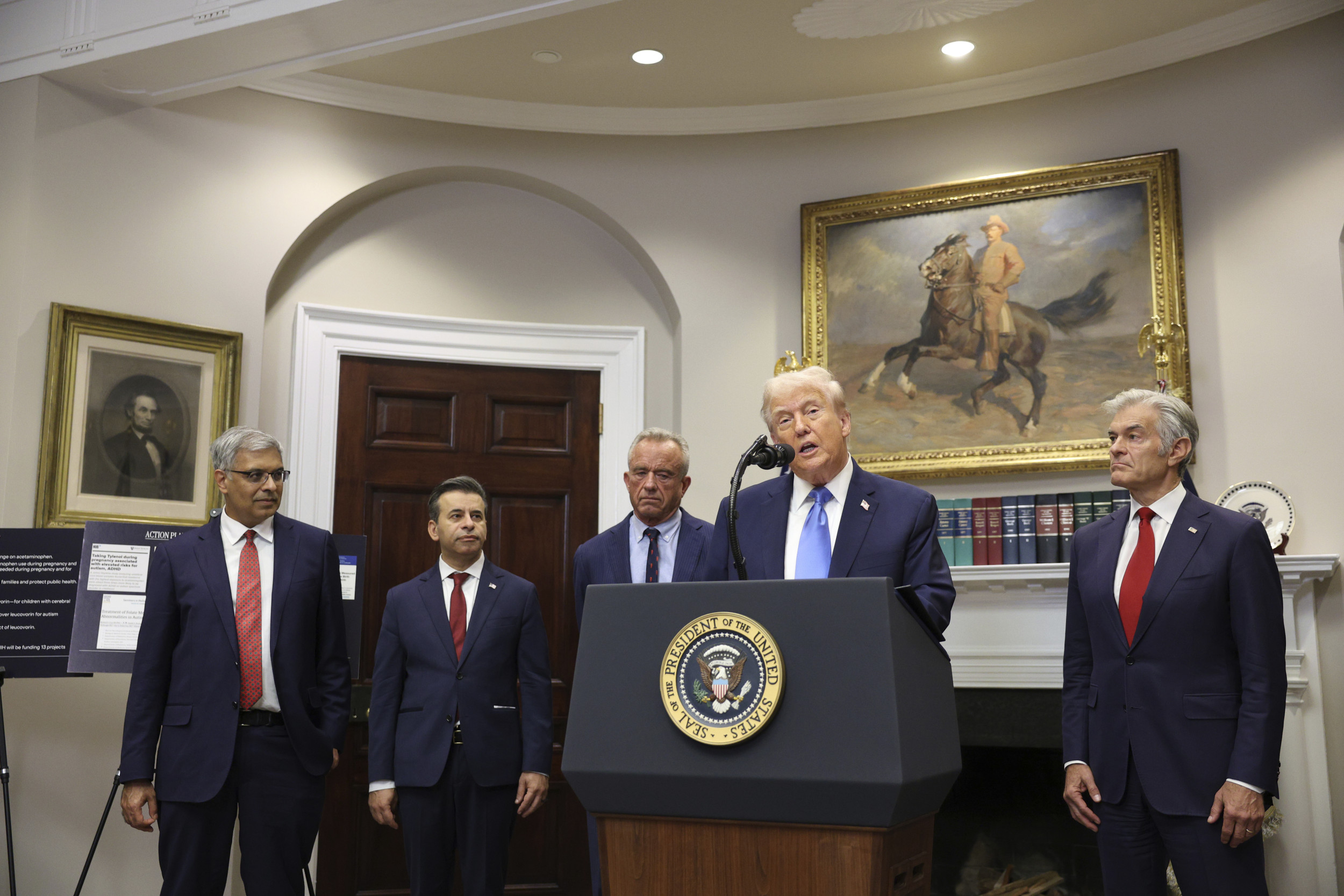
The chances of a cyclone forming near Florida have again increased, forecasters at the National Hurricane Center (NHC) say.
Why It Matters
If tropical storm formation occurs, it will become the third named storm of the Atlantic hurricane season, taking the name Chantal. Tropical Storms Andrea and Barry formed last week. While Andrea formed over the open ocean, Barry made landfall on Mexico’s east coast.
The National Oceanic and Atmospheric Administration expects an above-average Atlantic hurricane season this year, though not as active as last year.
What To Know
On Wednesday, the future system received a “medium,” 40 percent chance of formation over the course of the next week—an increase from the 30 percent chance reported on Tuesday and the 20 percent chance given on Monday.
As of the NHC’s latest update, issued early Thursday morning, the agency said there was now a 50 percent chance of cyclone formation over the next seven days, and a low, 10 percent chance of formation in the next 48 hours.

National Hurricane Center
“An area of low pressure is forecast to develop along a weakening frontal boundary near Florida or the Atlantic coast of the southeastern United States by early this weekend,” the NHC said.
“Environmental conditions appear only marginally conducive for some slow development, but a tropical or subtropical depression could form in this region over the weekend or early next week while the system drifts northward or northeastward,” it continued.
Heavy rainfall remains possible in parts of the southeastern U.S., especially along the west-central coast of Florida, regardless of how the system develops, the agency added.
What People Are Saying
Alex DaSilva, AccuWeather’s lead hurricane expert, told Newsweek: “AccuWeather continues to highlight the eastern Gulf and an area off the Southeast coast. This is all due to a stalling cold front that will be across the area late this week. We call this ‘homegrown development’ as it is very close to the U.S. This type of development along a cold front is very common during the early hurricane season.
“It looks like the area off the Southeast coast might have a slightly better chance of development. Due to some wind shear in the area, and the limited development window, it is very unlikely that this would develop into a hurricane.
“It could however develop into a tropical storm or tropical depression as it meanders near Florida or near the Southeast coast this weekend.”
The National Hurricane Center wrote on X, formerly Twitter, on Thursday: “2am EDT July 3rd—NHC continues to monitor for the potential of tropical or subtropical cyclone development off the southeastern U.S. Coast this weekend into early next week (10 percent 2-day/50 percent 7-day).”
What Happens Next
The Atlantic hurricane season runs from June 1 to November 30. Meanwhile, the Eastern Pacific hurricane season began on May 15 and also ends on November 30.




